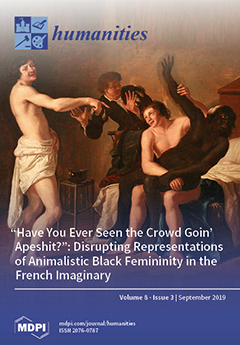This article argues that millennial Scottish culture has been animated in large part by a push to overcome a historiographical compulsion built into the modern British state’s understanding of nature. This understanding of nature became the foundational principle of government during the Financial Revolution and British unification in the 1690s–1710, then was made the subject of a universal history by the Scottish Enlightenment of the later eighteenth century, and has remained in place to be extended by neoliberalism. The article argues more specifically that the British association of progress with dominion over the world
as nature demands a temporal abstraction, or automation, reducing the determinability of the present, and that correspondingly this idea of nature ‘softens’ conflict in a way that points to weapons carrying perfectly abstracted violence. Nuclear weapons become an inevitable corollary of the
nature of British authority. Against this, twenty-first century Scottish cultures, particularly a growing mainstream surrounding independence or stressing national specificity, have noticeably turned against both nuclear weapons and the understanding of nature these weapons protect. These cultures draw from a 1980s moment in which anti-nuclear action came both to be understood as ‘national’, and to stand in relief to the British liberal firmament. These cultures are ‘activist’ in the literal sense that they tend to interrupt an assumption of the eternal that stands behind both nuclear terror and its capture of nature as dominion over the world. A dual interruption, nuclear and counter-natural, can be read in pro-independence cultural projects including online projects like
Bella Caledonia and
National Collective, which might be described as undertaking a thorough ‘denaturing’. But if the question of nature as resources for dominion has been a topic for debate in the environmental humanities, little attention has been paid to this specifically British ‘worlding’ of nature, or to how later constitutional pressures on the UK also mean pressures on this worlding. Andreas Malm’s
Fossil Capital (2016), for example, a powerful account of the automation of production in the British industrial revolution, might be related to the automation of ideas of progress pressed during the Scottish Enlightenment, and entrenching a dualism of owning subject and nature as object-world that would drive extraction in empire. Finally, this article suggests that this dualism, and the
nature holding it in place, have also been a major target of the ‘wilderness encounters’ that form a large sub-genre in twenty-first century Scottish writing. Such ‘denaturing’ encounters can be read in writers like Alec Finlay, Linda Cracknell, Thomas A. Clark, and Gerry Loose, often disrupting the subject standing over nature, and sometimes explicitly linking this to a disruption of nuclear realism.
Full article





